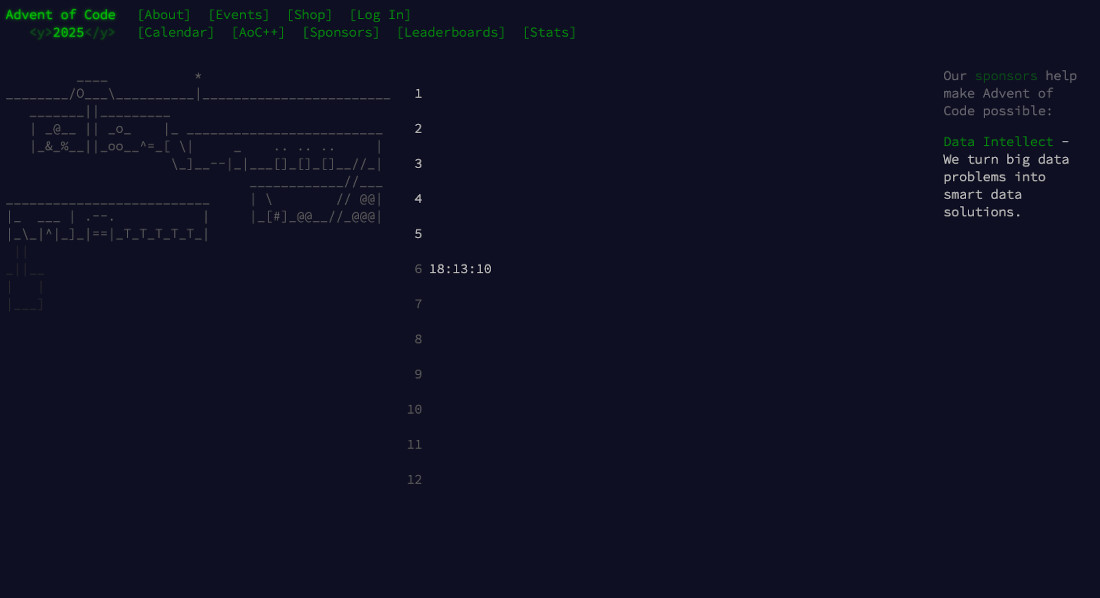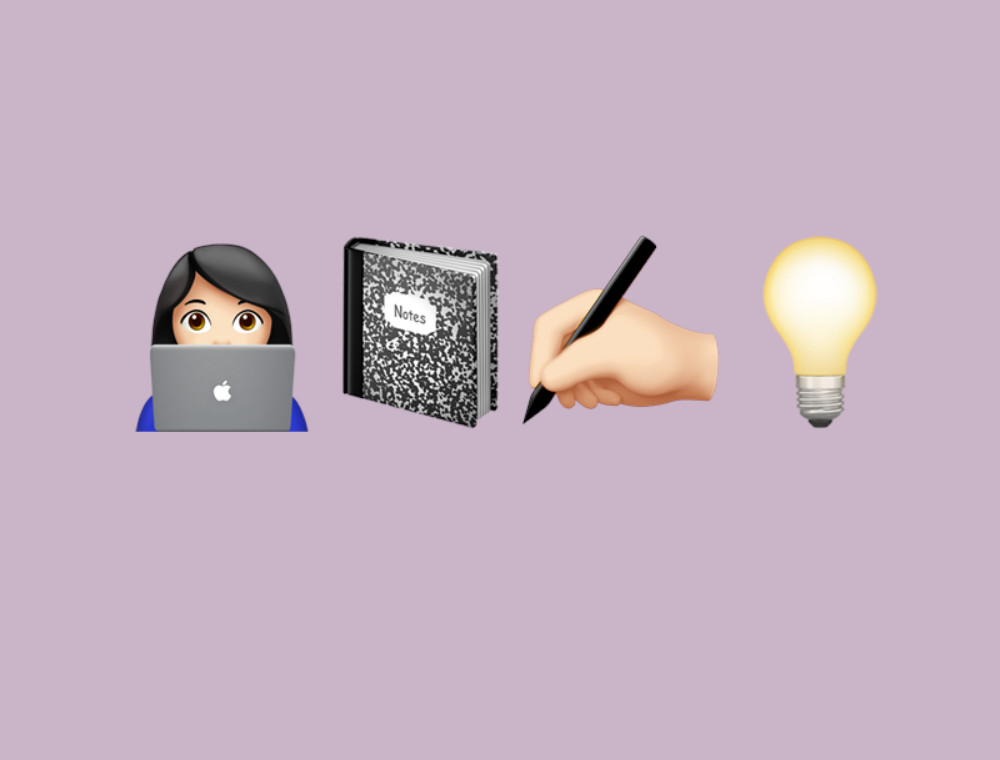UX/UI & Webdesign
Mehr Type, bitte! Monotype zeigt, wie wichtig Schriften auf Social Media sind › PAGE online
Junge Generationen setzen stärker auf individuelle Schriften – doch relevant sind sie laut Monotypes neuer Studie für alle, die auf Social erfolgreich sein wollen
UX/UI & Webdesign
Das ändert sich bei den ADC Awards 2026 › PAGE online
Die Einreichungen für den größten deutschen Kreativwettbewerb sind eröffnet. Wir fassen zusammen, was es mit dem neuen Creative Impact Grand Prix auf sich hat und wie der ADC mit KI-Einreichungen umgehen will
UX/UI & Webdesign
Codet euch durch den Dezember › PAGE online
Lust auf Coding-Aufgaben mit Elfen in der Vorweihnachtszeit? Der Advent of Code hat einfache Rätsel für Hobby-Coder:innen parat, die sich einen außergewöhnlichen »Türchenkalender« wünschen.
UX/UI & Webdesign
Lasst Marken Dialoge fördern! › PAGE online
Emotionale Verbindungen zu Marken werden immer wichtiger. Dafür braucht es klare Strategien. Das beleuchtet eine aktuelle Studie.
-

 UX/UI & Webdesignvor 2 Monaten
UX/UI & Webdesignvor 2 MonatenIllustrierte Reise nach New York City › PAGE online
-

 Datenschutz & Sicherheitvor 3 Monaten
Datenschutz & Sicherheitvor 3 MonatenJetzt patchen! Erneut Attacken auf SonicWall-Firewalls beobachtet
-

 Künstliche Intelligenzvor 2 Monaten
Künstliche Intelligenzvor 2 MonatenAus Softwarefehlern lernen – Teil 3: Eine Marssonde gerät außer Kontrolle
-
Künstliche Intelligenzvor 2 Monaten
Top 10: Die beste kabellose Überwachungskamera im Test
-

 UX/UI & Webdesignvor 3 Monaten
UX/UI & Webdesignvor 3 MonatenFake It Untlil You Make It? Trifft diese Kampagne den Nerv der Zeit? › PAGE online
-

 Entwicklung & Codevor 3 Wochen
Entwicklung & Codevor 3 WochenKommandozeile adé: Praktische, grafische Git-Verwaltung für den Mac
-

 UX/UI & Webdesignvor 2 Monaten
UX/UI & Webdesignvor 2 MonatenSK Rapid Wien erneuert visuelle Identität
-

 Social Mediavor 2 Monaten
Social Mediavor 2 MonatenSchluss mit FOMO im Social Media Marketing – Welche Trends und Features sind für Social Media Manager*innen wirklich relevant?

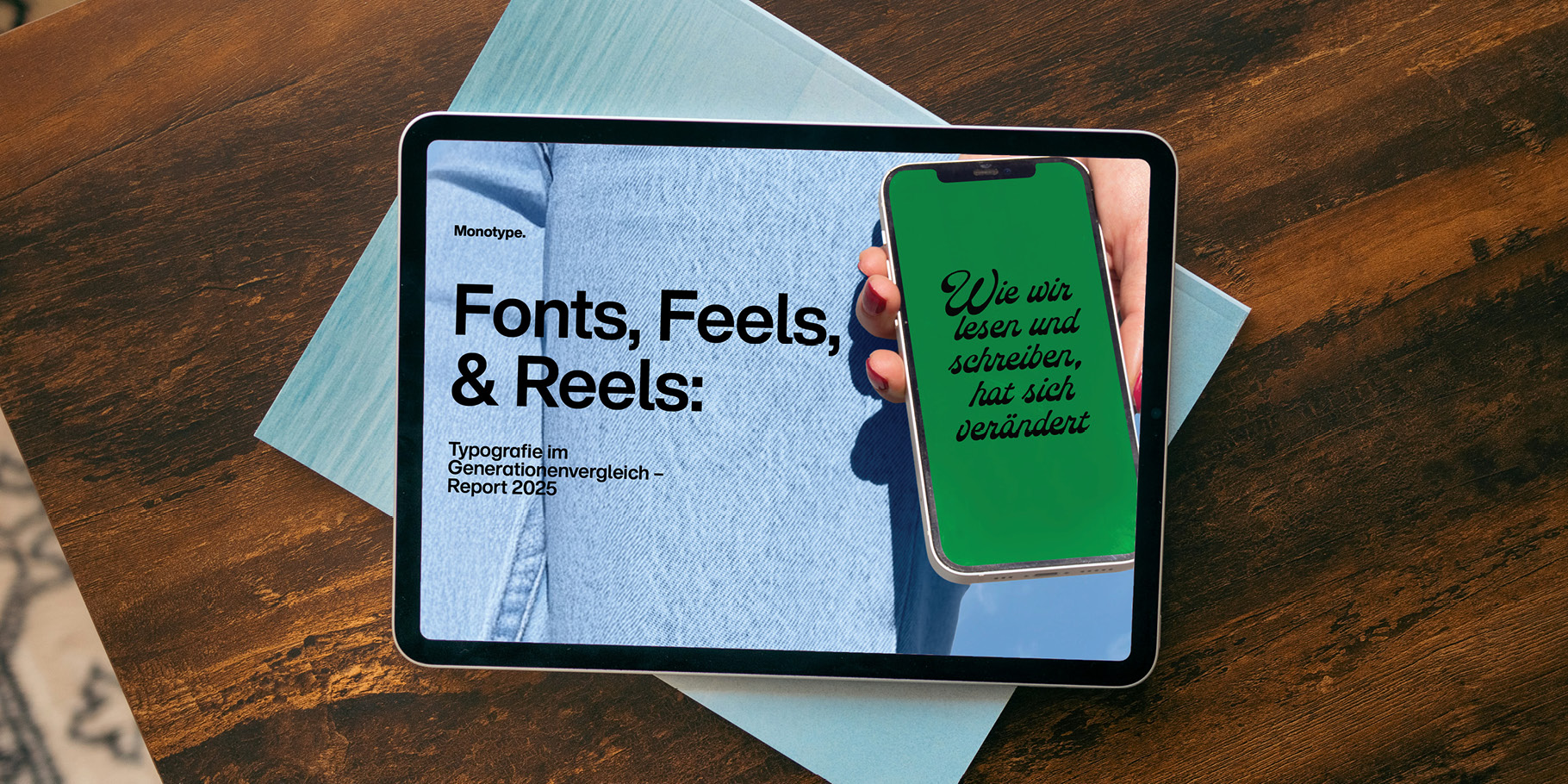
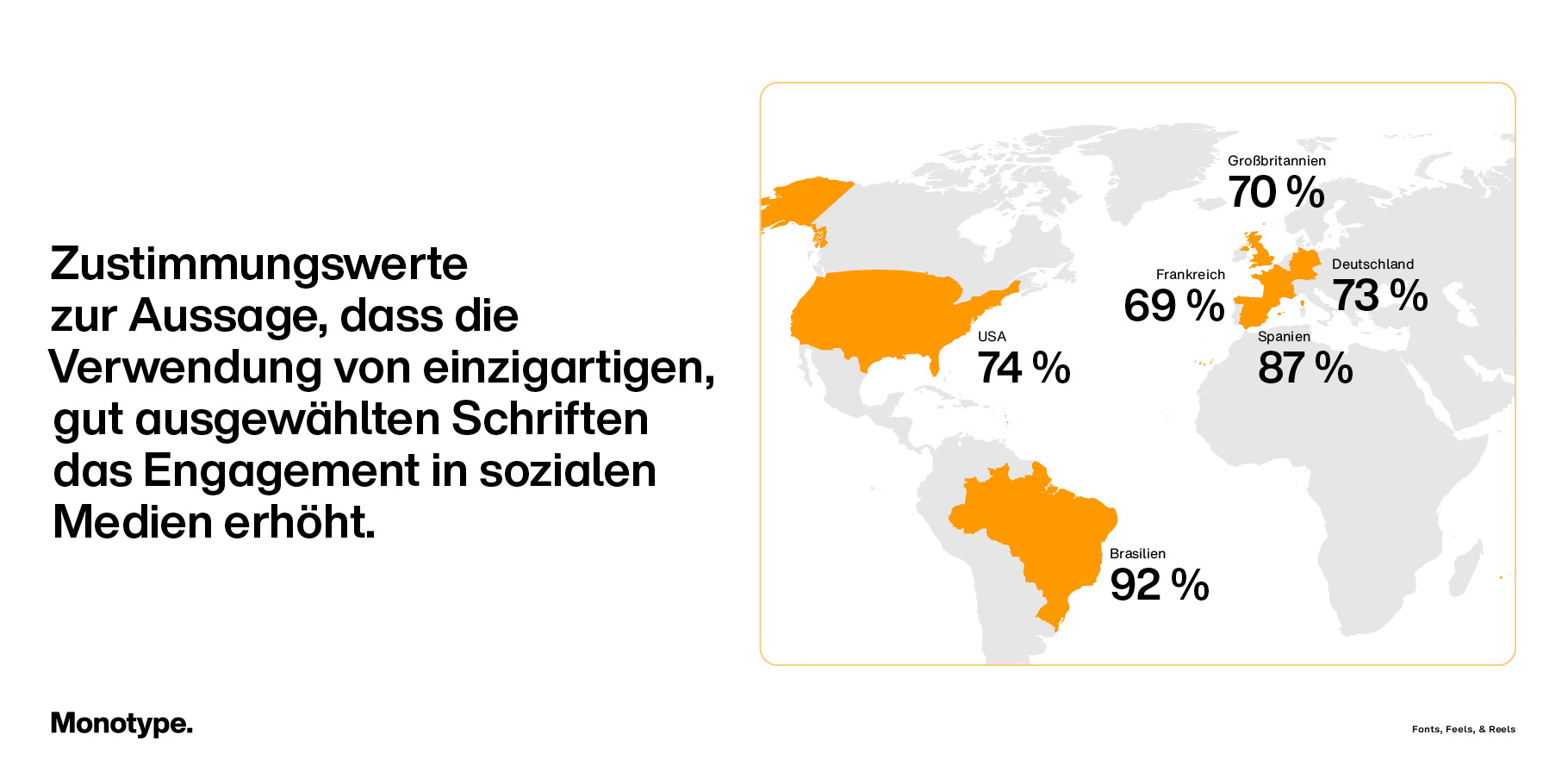
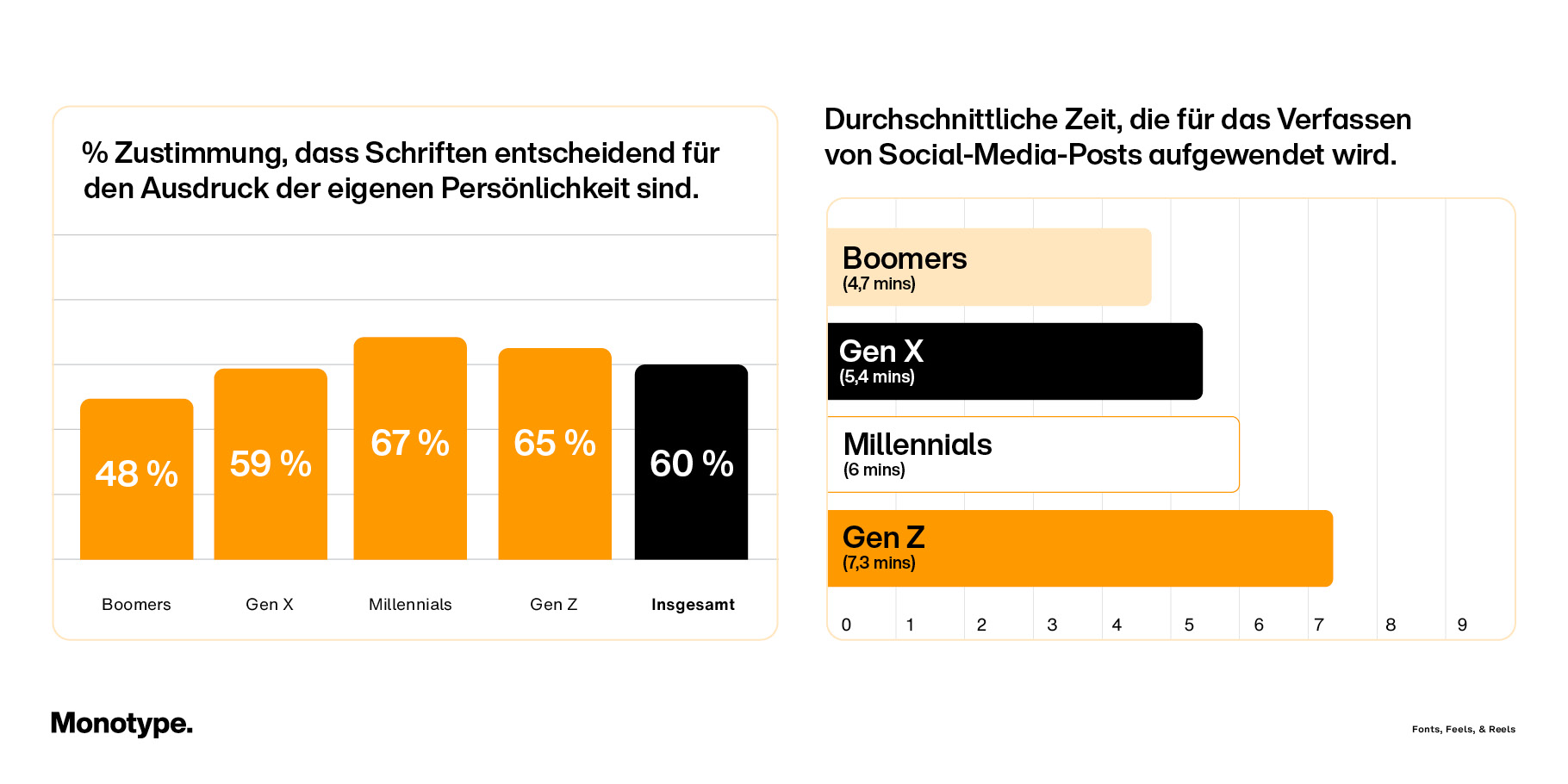













 Rund 100 Kategorien weniger und dafür große Pläne hat der ADC für die Awards und das Festival im Juni 2026. Im Vordergrund: die wirtschaftliche Wirkung von kreativer Arbeit. Wir sprachen bei einer Pressekonferenz mit Vertreter:innen aus der gesamten Designmedienbranche und ADC-Präsidiumssprecher Burkhard Müller über die Neuerungen beim ADC.
Rund 100 Kategorien weniger und dafür große Pläne hat der ADC für die Awards und das Festival im Juni 2026. Im Vordergrund: die wirtschaftliche Wirkung von kreativer Arbeit. Wir sprachen bei einer Pressekonferenz mit Vertreter:innen aus der gesamten Designmedienbranche und ADC-Präsidiumssprecher Burkhard Müller über die Neuerungen beim ADC.